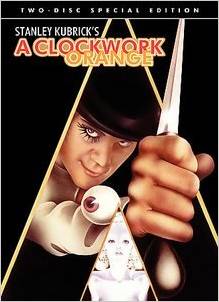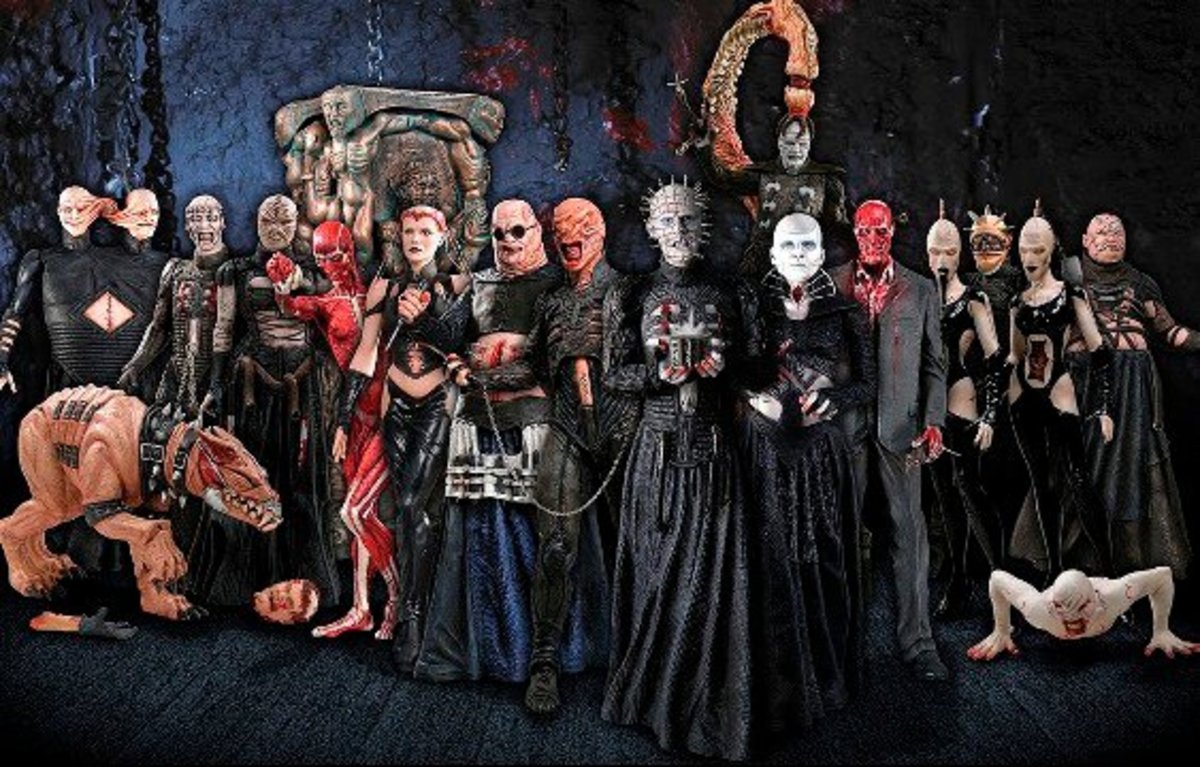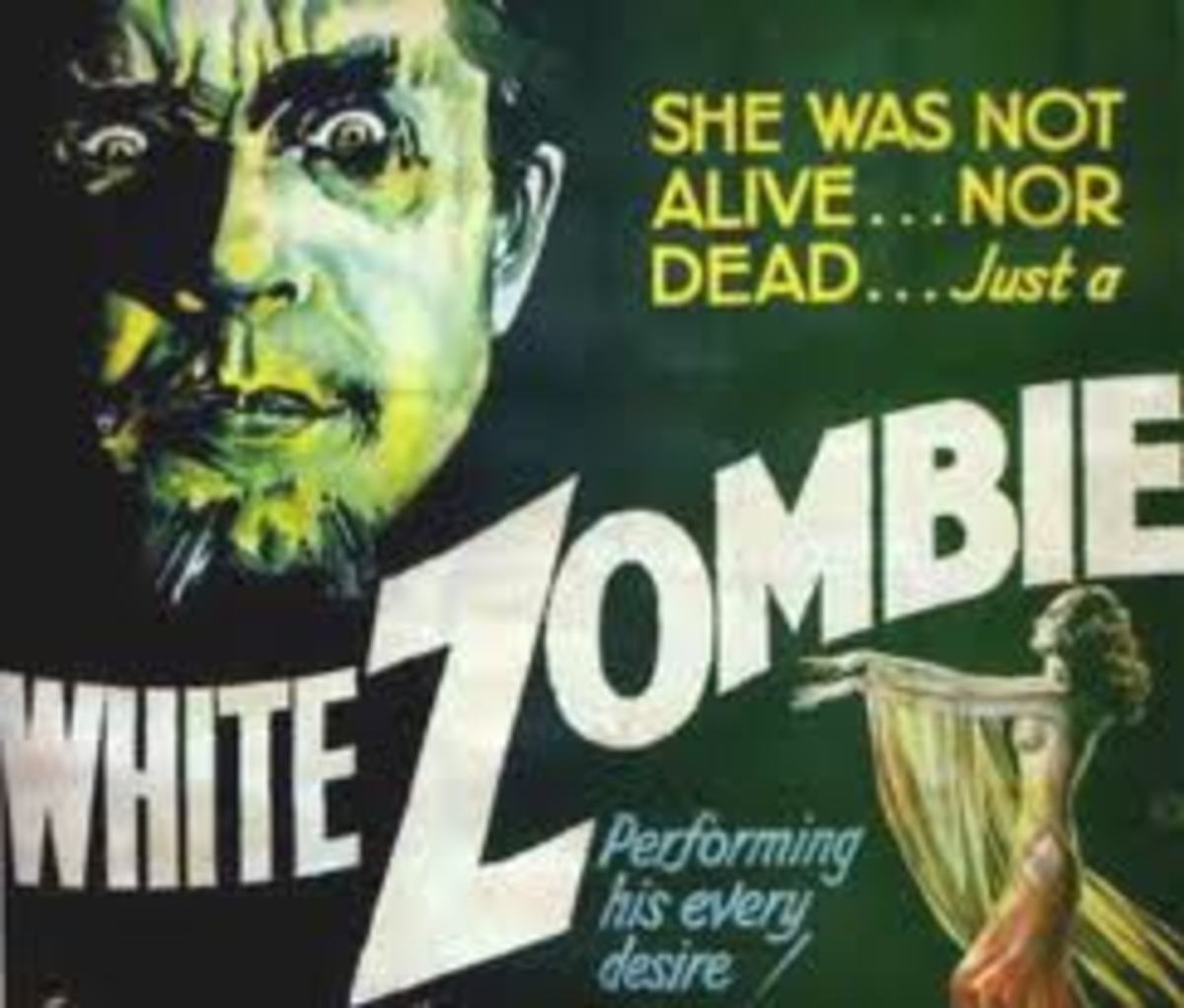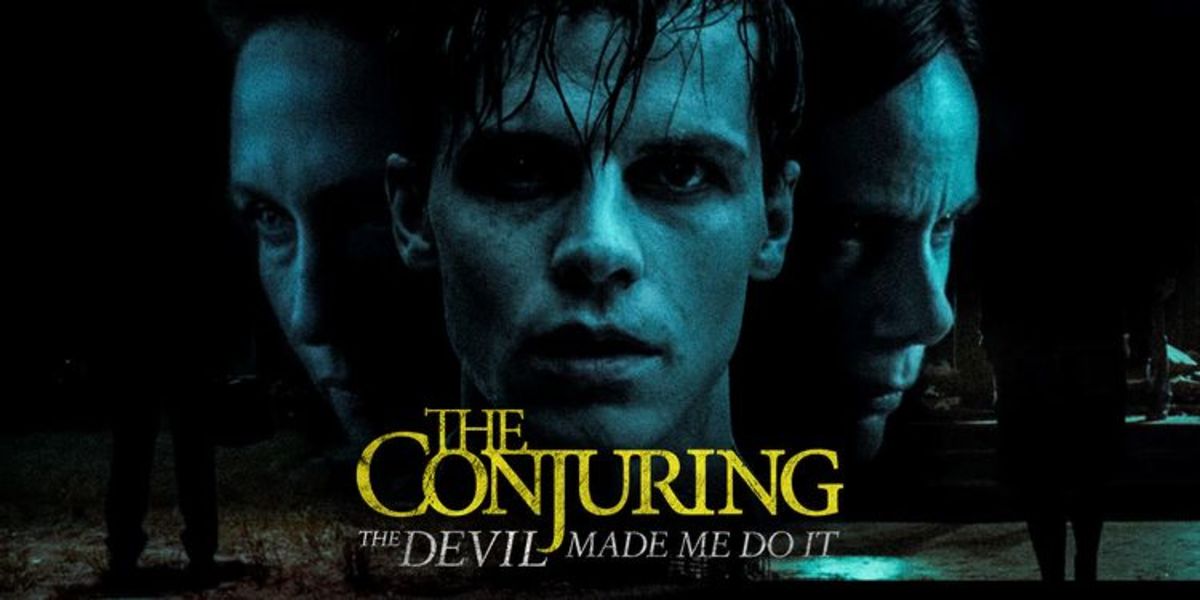Evil in A Clockwork Orange: Primary Theme & Usage of Violence to Tell the Story

In his 1971 “A Clockwork Orange,” Kubrick was able to pinpoint the very succinct sort of evil that is portrayed magnificently within the book and transform it to an even more disturbing level on the big screen. The theme is based upon the essentially non-human character (not non-human in the sense that he is a zombie or creature, but non-human in the sense that he has no conscious), incapable of choosing between right and wrong. In fact, it can be said that Alex (the main character and who serves as an unreliable narrator at times) does not even know the difference between right and wrong as life is, to him, a fun-filled and wonderfully cheerful game. Violence is simply part of that game, and he does it all while within a bizarre land of near-fairy tale proportions, a casual smile on his face, and classical music playing enthusiastically in the background. It is these three main elements that serve to highlight the philosophy behind the evil in “A Clockwork Orange,” and which will be looked at more closely to elaborate on the full meaning behind the terrible, yet fancifully directed violence.
Why Burgess Wrote A Clockwork Orange
Anthony Burgess wrote “A Clockwork Orange” after the terrible rape and death of his pregnant wife, who lost her child then committed suicide. To paraphrase David Hughes, Burgess wrote, while admittedly drunk, to get the violence out in print. Burgess later said, “I saw that the book might be dangerous because it presented good, or at least, harmlessness, as remote and abstract…while depicting violence in joyful dithyrambs, [or songs]” (Hughes, 160). Stanley Kubrick transformed the work hardly a decade later into a cinematographical masterpiece, setting Burgess’s characters and abstract violence to classical music and shockingly bizarre settings. Thus, to get the full effect of the violence within this film, a look at the cinematography must first be taken.
Utilization of Violence / Examples & Context
When the movie begins, an audience meets Alex and his buddies who happen to be drinking milk (looking innocuous, until we find it is laced with drugs) while sitting in a peculiar white room filled with white, porn-style mannequins bent in contorted sexual positions. All is white, and even the outfits that Alex and his buddies are wearing are entirely white, complete with white jock straps, clasped, to the outside of their clothing. It would be serene, much like a scene from Heaven, were it not for the mannequins, clothing, and sense of impending doom set simply and profoundly, from this one shot alone. It is this scene that establishes “A Clockwork Orange” as a film where the audience knows, instinctively, before a word is even uttered from the characters, that something is about to go horribly wrong. “ ‘It’s one of the great openings,’ stated Malcolm McDowell. ‘It’s such a powerful, brilliant shot, and [Kubrick’s] technical brilliance is there for all to see’ ” (Hughes, 159). McDowell could have hardly said it better—the technical brilliance that is established in the opening shot not only pervades throughout the film, but serves as a transcending philosophy to highlight his deeper meaning for the characters.
The astonishing part of this film is that it is beautiful. The only real ‘blood and guts’ violence is shown in the main gang characters themselves. For example, when Alex senses his gang is going to attempt an overthrow, he beats them with his cane and throws them into the filthy river. In a rare act of “kindness,” he offers his hand with a smile on his face and cuts his friend’s hand, where an audience sees the first bit of real blood spilled. And this is after rape and tortures have already taken place. The second scene with actual blood comes after Alex does truly kill the cat-lady with an object that should remain unmentioned (but it won’t—it’s a giant, white porcelain penis—again with the symbolism), and his buddies, knowing the police are on the way, beat him and break his nose to show he’s no longer their master. His scream is one of horror when he thinks he’s gone blind from the broken nose. But it’s the first scream in the film that doesn’t evoke emotion from the audience because, after all, that’s the least of what he deserves, even though he has no semblance of wrong-doing.
When the police catch Alex and interrogate him, his face is full of blood and he appears much like a rabid animal, with spittle running down his chin. It’s gory, to be sure, but this film only depicts this minimal gore on the evil-doers themselves and never upon the victims. The one opportunity, when the camera zooms in to see the cat-lady get the unmentionable object shoved into her mouth, the camera does a bizarre fade out, Batman “BAM! POW!” style to one of the naughty portraits in her studio. However, it is this unique direction that an audience can sense, not literally see, the violent nature of this film. And that is a much deeper kind of violence. An almost indefinable, “something is not right,” kind of violence. When Alex is playing “ring around the rosy” with the unmentionable object and the cat-lady, it is not a sense of joy that the audience feels, but that of a pre-terror. And it very nearly makes you want to place your hands over your eyes to avoid the horror that you know, without a doubt, is about to take place. But then, it doesn’t. Though it is the off-screen violence that makes his action even more profound, and the object even more sinister.
Utilization of Point of View / Visual Distortion
In looking at direction and camera point of view, this film “represents the most consistent depiction of character subjectivity through visual distortion…the film’s wide array of scenes that incorporate some kind of visual distortion creates a visual correlative to Alex’s distorted, drug-induced perceptions” (Falsetto, 119-120). Again, Kubrick’s technical brilliance is at work here, moving the camera into Alex’s eyes as he talks with his father who just gave his nether-regions a good, vigorous shake, or when positioned in his eyes as Alex attempts to commit suicide by jumping out of a building and the audience plunges with him. Even the carefully directed moment Alex has in his bedroom where he removes his fake eyelashes, one by one, and sticks them on his mirror, demonstrates an extreme non-violent, yet somehow not entirely normal nature. These scenes and many more work with all the other elements of the film to move Alex from unreliable narrator into a character the audience is forced to relate to, even while feeling greatly disturbed.
The Casualness of Evil
Furthermore, the casual nature of the characters serves to add an additionally disturbing element to the film. At one point, Alex meets two women at a record store who are sucking, in an unmentionable style, upon anatomy-shaped popsicles. Inevitably, they end up naked in his bed with him and next happens a scene which cannot be said to have ever occurred in filmatography before. Fast motion, almost like one of those scenes where the characters are chasing each other through an endless hall of connecting rooms and doorways. Never has a sex scene with three people been filmed so casually, with even the act of nudity itself hardly being noteworthy at all. This scene is clearly not about sex, not even remotely. The music, “Rossini’s ‘William Tell’ Overture, which…emanates from Alex’s bedroom stereo during his tryst with two teenage girls, is frenzied in the background…satirizing that tryst as a ludicrously mechanical affair” (Rasmussen, 113). It is again, an opportunity for Kubrick to demonstrate the casual, “mechanical” nature behind Alex’s existence. There is no love, there isn’t even any point or pleasure behind it; like the fake and bloody eyeball that Alex wears upon his wrist, the act serves to highlight the inherent and unconscious violence in every action in his life.
Utilization of Musical Score to Highlight Emotional Violence
Furthermore, it is through the musical score that an audience can fully appreciate the violent nature of “A Clockwork Orange.” Initially, “Kubrick had chosen an orchestral recording of the theme from his beloved Deutsche Grammaphon collection, but the film’s composers…successfully persuaded him to let them re-record the theme…[it was] transmogrified into something more spacey, electronic, weird—and it worked. [Kubrick] liked it very much” (Hughes, 159). What the composers did, was to help Kubrick highlight, even further for the audience, through the use of well-known classical music, that this film was a film to watch with wariness—because it seems, throughout, to be musically normal.
The classical music is even used as an object within the film itself, serving as basically, the only non-violent entertainment in Alex’s life. When he returns home from a rough day of raping women, he lies in bed and listens to Beethoven. When he and his gang are out committing vile deeds, they are often doing so while gleefully belting out songs like “Singing in the Rain.” In fact, if an audience could not see the action of the film, one might think it a classical musical based on a few famous overtures. Until that classical music is used in a form of aversion therapy to cure Alex of his violent ways. But otherwise, a violent film would not even be considered. Violent films, as a whole, use creepy, scary, and dark music to lead the audience along the story lines. The music, in most films, has the sole purpose of invoking emotions within an audience suitable to the action taking place. The fact that Kubrick uses classical favorites throughout simply highlights the disturbing nature lurking beneath the action of the characters. They are so evil, they cannot tell right from wrong, and do not even know they are doing wrong, that the classical music brings a terrifying hilarity to the film. An audience knows the acts are horrible, yet we, like the characters, are swept away in the beauty of it all. And that is what makes this, perhaps, one of the most evil films of all time.
Conclusions
“A Clockwork Orange” shows what man can become if he had no conscious, if he thought choosing right meant to maim and torture, without even a thought towards choosing wrong—if he did it all with a grin on his face, a twinkle in his eye, and classical music playing in the background. Violence is the common, the norm, for the characters and it is the non-violence that seems out of place for them. Kubrick fills the film with many instances of the common, yet too common, in which his cinematography is truly brilliant. To show violence without blood or gore. To be disturbing through the casual nature of the character’s actions. It is the unspoken, the background music, even, that pinpoints the philosophy within this film.
Finally, as Kubrick said once, “the common bond [between people] is their subconscious emotional reaction. Watching a film is like having a daydream. It operates on portions of your mind that are only reached by dreams or dramas, and there you can explore things without any responsibility of…conscious” (Phillips, 106). Kubrick went on to say, “Alex’s adventures are a kind of psychological myth. Our subconscious finds release in Alex, just as it finds release in dreams. It resents Alex being stifled and repressed by authority, however much our conscious mind recognizes the necessity of doing this” (Kagan, 167). Kubrick is expressing the truth that Burgess knew of his own work. The evil is depicted almost harmlessly, almost as a parody of a violent play being acted out upon a stage. But an audience can sense more from the cinematography, characters, and classical score—much more. And, it is just as Kubrick said, an audience knows subconsciously that something is dreadfully wrong. And it is through these three elements that Kubrick transforms Burgess’s work into one of true violence; making it, perhaps, the most disturbing film of all time.
References
A Clockwork Orange. Dir. Stanley Kubrick. Perf. Malcolm McDowell and Michael Bates. Warner Brothers, 1971.
Falsetto, Mario. Stanley Kubrick: A Narrative and Stylistic Analysis. Westport, CT: Praeger Publishers, 2001.
Hughes, David. The Complete Kubrick. London: Virgin Publishing, 2001.
Kagan, Norman. The Cinema of Stanley Kubrick. New York: The Continuum Publishing CO,1989.
Phillips, Gene, ed. Stanley Kubrick Interviews. Jackson: UP of Mississippi, 2001.
Rasmussen, Randy. Stanley Kubrick: Seven Films Analyzed. Jefferson, NC: McFarland & CO,Publishers, 2001.



